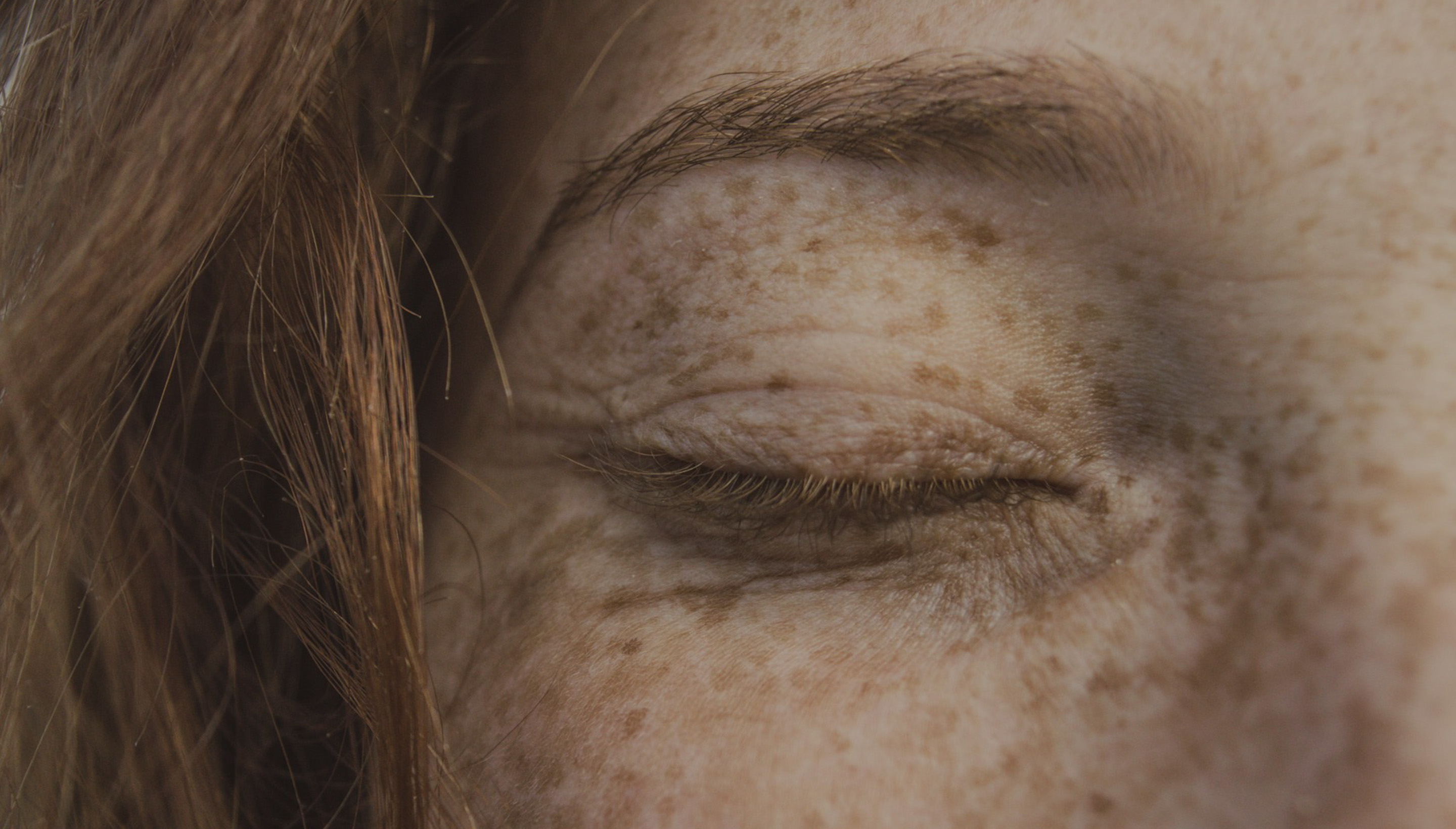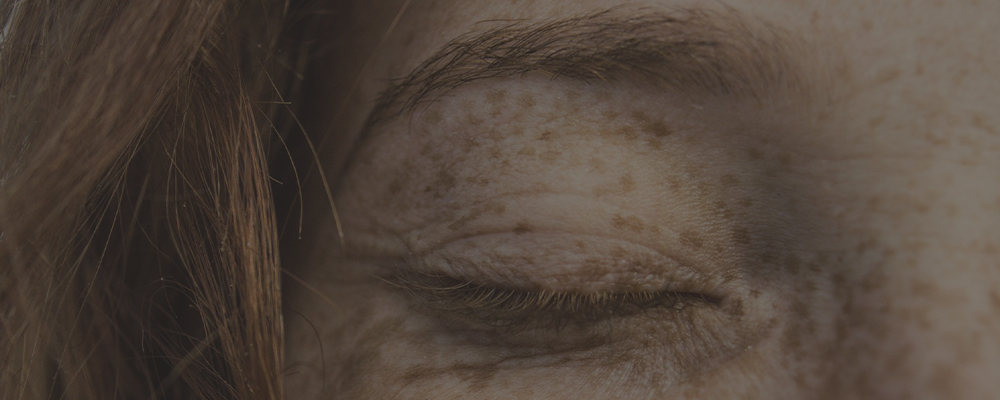In New Zealand, sunshine is part of who we are. From early-morning surfs and backyard bbqs to weekend hikes and school sports, outdoor living defines our lifestyle. Unfortunately, our love of the outdoors comes with a serious downside: Australia and New Zealand have some of the highest skin-cancer rates in the world.
The combination of a thinner ozone layer, clear skies, and reflective environments means our UV index is often extreme, even when it doesn’t feel hot. Every day, doctors diagnose hundreds of new skin-cancer cases that might have been prevented or detected earlier.
“We wanted to make it easier for people to understand what to look for,” says Dr Lorna Claydon, Chief Medical Officer at MoleMap. “A lot of what we see in clinic could have been picked up months earlier if someone had recognised the signs.”
This comprehensive guide brings together Dr Claydon’s expert insights on detection, prevention, treatment and innovation - so we can protect the skin we live in.




